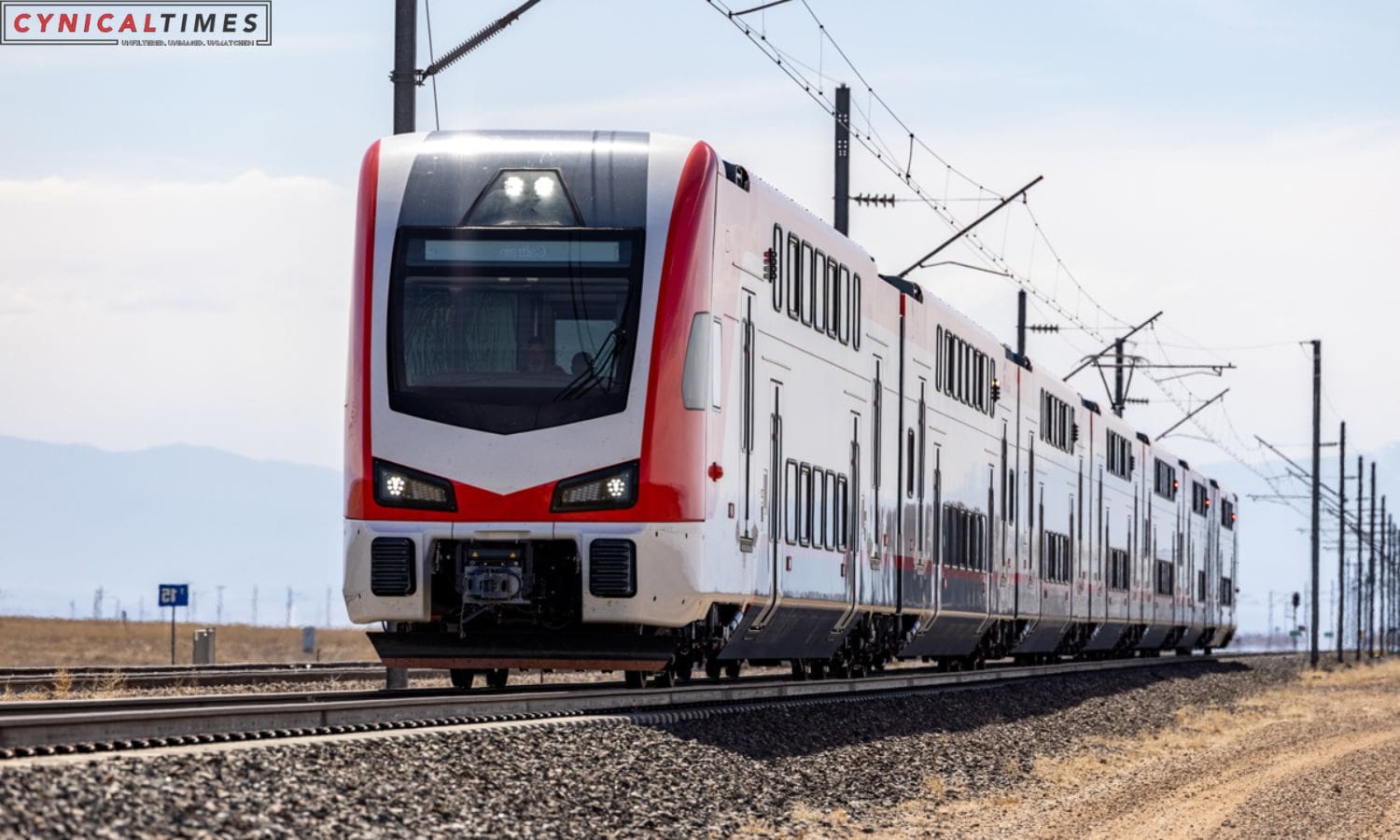Caltrain Electrifying Transformation: Caltrain, the commuter rail service in the San Francisco Bay Area, is set to suspend some of its services between the San Jose Diridon and Tamien stations over the upcoming weekend. This temporary suspension is part of the ongoing Caltrain Electrification Project, a significant initiative to replace diesel trains with electrified ones, enhancing environmental sustainability.
On Saturday, southbound train 284 will conclude its journey at San Jose Diridon at 1:44 a.m., prompting the deployment of free Santa Clara Valley Transportation Authority (VTA) buses as an alternative mode of transportation. The interruption in service is necessary for the continuation of construction work related to the electrification project.
Northbound train 221 will resume service from San Jose Diridon on Sunday at 7:19 a.m. and reach San Francisco at 8:56. This temporary service adjustment is part of Caltrain’s major operations overhaul.


Also Read: Simitian Symphony of Service: A Veteran Leader’s Overture to Congress
The Caltrain Electrification Project is vital to rail modernization. It aims to replace diesel trains with electrified ones to minimize carbon emissions and promote sustainability. This project should finish next September.
The introduction of electrified trains is expected to bring about several benefits. Not only will these trains produce significantly fewer carbon dioxide emissions, but they will also increase train frequency, potentially doubling it on weekends. The enhanced schedule is designed to accommodate a more efficient and frequent service, with trains running every half hour.
Caltrain envisions a future characterized by greener, quieter, and more efficient train services. The new electrified trains are poised to contribute to local air quality improvements, and passengers can look forward to amenities such as onboard Wi-Fi, making their commuting experience more comfortable and convenient.
Despite the temporary service suspension for construction activities, the long-term vision is to create a modern, sustainable, and commuter-friendly rail system. The next fall’s schedule is anticipated to reflect these positive changes, offering commuters a more environmentally friendly and efficient travel option between San Jose and San Francisco.
Our Reader’s Queries
Will electrification make Caltrain faster?
Caltrain has experienced a significant boost in efficiency thanks to the implementation of electric trains. These trains have the ability to accelerate and decelerate at a much faster rate than their diesel-powered counterparts, resulting in improved train performance. This increased flexibility and capacity has allowed Caltrain to operate more efficiently, providing a smoother and more reliable service for passengers.
Is Caltrain fully electric?
The complete transition of the fleet will take place in the future, once we secure the necessary funding and the remaining diesel trains retire. The electric train service is set to begin in 2024.
Will the electric Caltrain be quieter?
The latest electric trains are remarkably silent compared to their diesel counterparts. However, it’s crucial to exercise caution and wait for the gate to completely lift before crossing, even if you can’t hear the train approaching.
When was Caltrain electrification first proposed?
As far back as 1992, the California Department of Transportation explored the possibility of electrifying the line. Proposals were put forward and feasibility studies conducted, all with the aim of bringing this vision to life. Today, we can see the fruits of those early efforts, as the line hums with the energy of electricity and provides a more sustainable and efficient mode of transportation for all.

